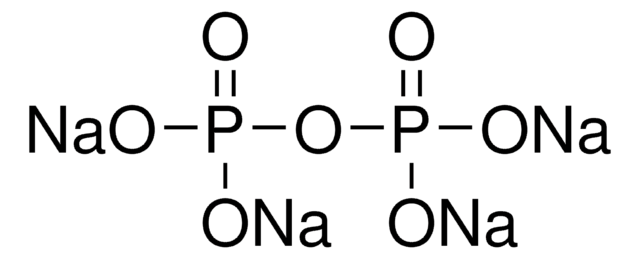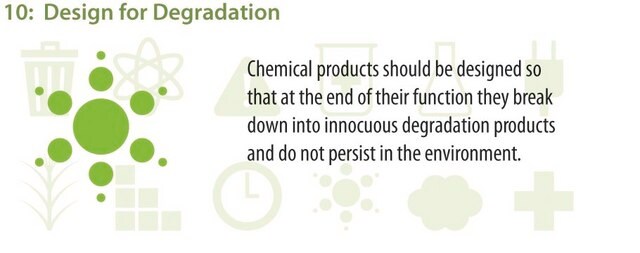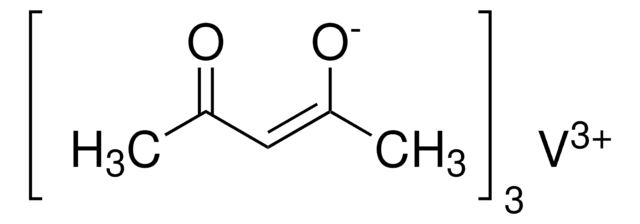72060
Sodium metavanadate
≥98.0% (RT)
Synonym(s):
Sodium (meta)vanadate, Sodium trioxovanadate, Sodium vanadate(V), Sodium vanadium oxide, Sodium vanadium trioxide
About This Item
Recommended Products
grade
for analytical purposes
Assay
≥98.0% (RT)
form
powder
reaction suitability
reagent type: catalyst
core: vanadium
technique(s)
cell culture | mammalian: suitable
SMILES string
[Na+].[O-][V](=O)=O
InChI
1S/Na.3O.V/q+1;;;-1;
InChI key
CMZUMMUJMWNLFH-UHFFFAOYSA-N
Looking for similar products? Visit Product Comparison Guide
Related Categories
General description
Application
- Study of electrical properties of cobalt oxide-doped sodium meta vanadate at different frequencies: This study explores the electrical properties of sodium metavanadate doped with cobalt oxide, emphasizing its significance in electrical insulation applications (Saleh & Deeb, 2022).
- Chemical synthesis of vanadium oxide (V2O5) nanoparticles prepared by sodium metavanadate: This research demonstrates a simple chemical method to synthesize vanadium oxide nanoparticles using sodium metavanadate, highlighting potential uses in nanotechnology and material sciences (Farahmandjou & Abaeiyan, 2017).
- Oxidative dehydrogenation of propane on silica-supported vanadyl sites promoted with sodium metavanadate: Discusses the catalytic properties of sodium metavanadate in the oxidative dehydrogenation of propane, underlining its potential in industrial chemical processes (Nadjafi et al., 2020).
Signal Word
Danger
Hazard Statements
Precautionary Statements
Hazard Classifications
Acute Tox. 3 Oral - Acute Tox. 4 Inhalation - Aquatic Chronic 2 - Eye Irrit. 2 - Repr. 2 - STOT RE 1 Inhalation
Target Organs
Respiratory Tract
Storage Class Code
6.1D - Non-combustible acute toxic Cat.3 / toxic hazardous materials or hazardous materials causing chronic effects
WGK
WGK 3
Flash Point(F)
Not applicable
Flash Point(C)
Not applicable
Personal Protective Equipment
Choose from one of the most recent versions:
Already Own This Product?
Find documentation for the products that you have recently purchased in the Document Library.
Customers Also Viewed
Our team of scientists has experience in all areas of research including Life Science, Material Science, Chemical Synthesis, Chromatography, Analytical and many others.
Contact Technical Service












